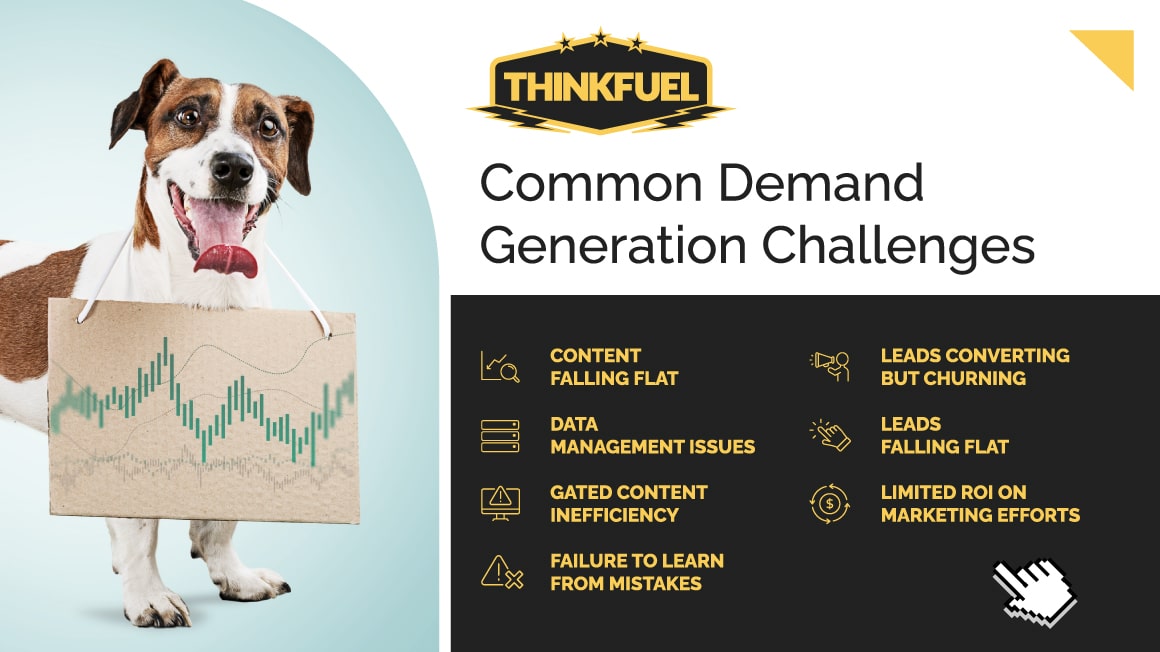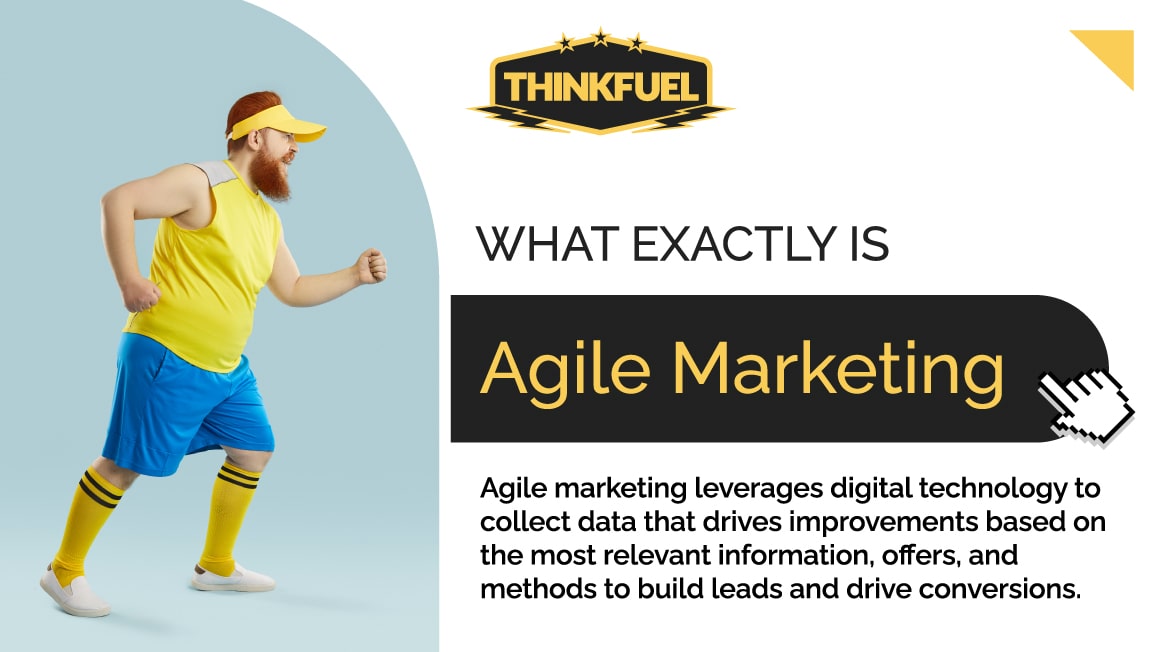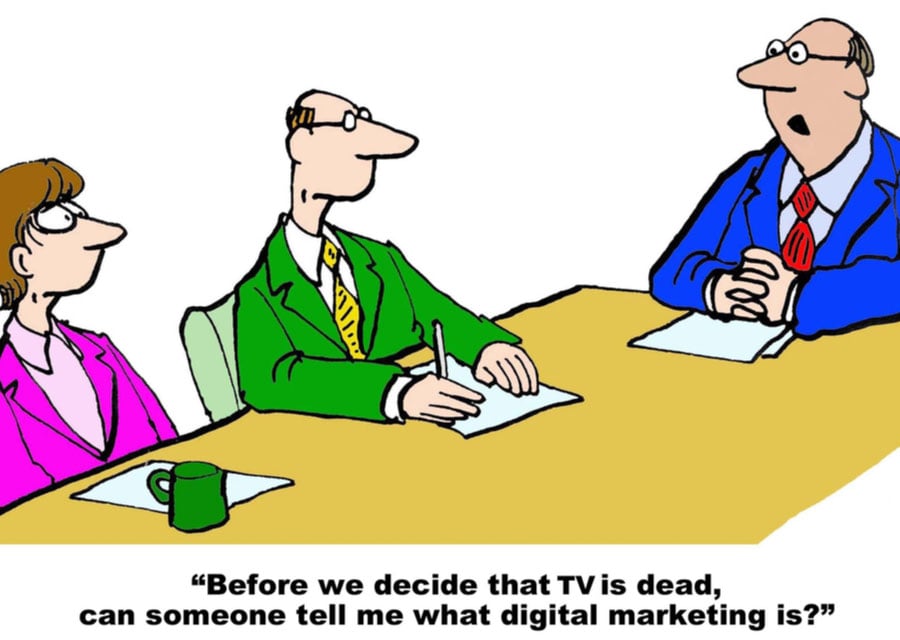Escape the B2B Lead Generation Nightmare: How Agile Marketing Can Transform B2B Growth
B2B demand generation strategies are a nightmare for most smaller B2B companies. It’s an age-old story that hasn’t changed much in the digital world, and for some, digitization has made things harder. Demand gen is all about driving awareness and drumming up interest in your B2B products. You want to help your customers reach their goals faster and your sales team to reach their target numbers more efficiently.
However, without an agile marketing approach you’ll never shake things up hard enough to finally wake up from that lead generation nightmare. Not sure what we mean by agile? That’s okay. Here, we delve into the common B2B lead generation challenges and how using agile marketing automation can help resolve them.
What is Demand Generation?
Demand generation includes all aspects of generating and controlling awareness about your brand, products, and services to build your pipeline or sales funnel. It uses behavioural data to help identify potential prospects so you can improve how you guide them through your customer journey. Through demand gen you create highly qualified leads for your sales team using effective marketing and sales initiatives.
As a result, you’re always there at the most critical touchpoints. However, you need to understand the most effective sales initiatives for successful demand gen, which is where agile marketing comes in.

Common Demand Generation Challenges
If we were to guess, you’re likely facing seven common demand generation challenges:
- Your content is falling flat: Demand generation requires the perfect balance between product driven and emotional connection content, so you hit the benefit notes without forgetting that human element. Otherwise, your content reads like a hard-sell kind of fact sheet. This usually comes around because you don’t understand your audience and haven’t mastered the art of storytelling that feels more conversational.
- No data or poor data management: Without data, you can’t possibly understand your audience, your marketing performance, your efficiency, etc. Data needs ongoing tracking, monitoring, and analysis to improve demand generation.
- Your gated content isn’t generating high quality leads: This is a way, way old tactic to collect leads. The problem is it sets up barriers that keep people from finding information that can trigger leads and conversions. Demand gen is all about expertise and credibility, so gating content backfires on you.
- You’re not learning from your mistakes: If you continue to use the same tactics and fail to track performance (i.e. that gated content) you can’t possibly learn from your mistakes. You need to measure performance and focus on the tactics that work so you don’t waste time and money on outdated poor performers.
- Your leads convert, but churn: If you focus too much on the bottom of the funnel you might get some conversions, but also experience more churn. As a result, you miss out on longer-term customer value and become less sustainable due to unqualified leads.
- Leads falling flat: If you have leads but they tend to fall flat, you’re most likely not taking time to understand your Ideal Customer Persona (ICP). Without segments, you won’t have the right approach, can’t nurture leads, and will overlook unique values that will resonate with leads.
- Limited ROI on marketing efforts: This tends to relate to investing in all channels without considering your segments or monitoring metrics. As a result, you overspend and reduce your ROI.

What Exactly is Agile Marketing?
Agile marketing helps you become quicker at making decisions that deliver better results at every stage of your customer’s journey. As a result, your team works smarter, not harder, to coin an over-used phrase.
Your team works collectively to constantly identify opportunities, so they stop wasting time on lower-value, underperforming tactics. The result is a more organized, collaborative team that feels less intimidated by the idea of experimenting. You can find out what works and deliver short bursts of successful marketing tactics so you’re continuously improving.
Agile marketing teams work in sprints consisting of mini-projects that test how well tactics perform. As the sprints are completed, you assess performance and then apply those findings to the next project. It’s the best way to introduce real-time improvements that make you better at qualifying leads.
Your team is literally waiting for the next thing to come down the funnel and pounce using the latest findings to outperform themselves. Sound exhausting? We prefer to think of it as exhilarating. It’s also highly motivating and effective.
How Does Agility Apply to Marketing?
Agile marketing allows you to constantly step away from failing processes and methods and hone tactics that work. As a result, your targeting is more focused, your tactics become more effective, and you cast aside the things that stagnate team performance and basically waste time.
Ongoing experimentation turns losses into wins. In essence, no time is wasted, because every project has a purpose, namely, to use failures to gain newfound, highly insightful, and more importantly actionable insights. As a result, you can:
- Pivot to become more reactive instead of sticking to a failing plan
- Change in small doses instead of always looking for bigger and better campaigns
- Use testing and data instead of outdated processes or misguided beliefs
- Focus on smaller bites over bigger projects
- Fine-tune targeting for individualized, personalized interactions instead of generic mass marketing
- Create collaborative efforts and processes that overcome the challenges of working in silos or outdated hierarchies that hold your team back
How to Become Agile to Develop B2B Demand Generation Best Practices
Agile marketing automation is the best way to quickly adopt B2B demand best practices. A B2B demand generation agency (like us, blush) can introduce you to an enterprise-wide CRM platform that manages the collection, organization, testing and data management that drives your targets and sprint projects.
With automated, targeted campaign delivery, you not only get your campaigns out to your customers but at just the right time based on the leg of their journey. You can also receive sprint-driving tracking and performance metrics. You’re not killing two birds with one stone, but all the birds.
Agile marketing leverages digital technology to collect data that drives improvements based on the most relevant information, offers, and methods to build leads and drive conversions.
ThinkFuel’s B2B demand generation services allow you to overcome common challenges so you:
- Discover the secret to the perfect balance between product-driven and emotional connection content using targets and segments
- Automate and organize data
- Share targeted data to showcase expertise
- Track and measure testing to outperform your personal best
- Develop long-term customers by avoiding too much focus on the bottom of the funnel
- Qualify leads using ICPs
- Increase marketing ROI
Click here to set up a free consultation and demo to learn how our agile marketing platform can improve your demand gen strategy.
Table of contents
Share this
You May Also Like
These Related Stories

How B2B Companies Can Capitalize on Social Media Lead Generation

How to Run a Successful B2B Facebook Ads Campaign
